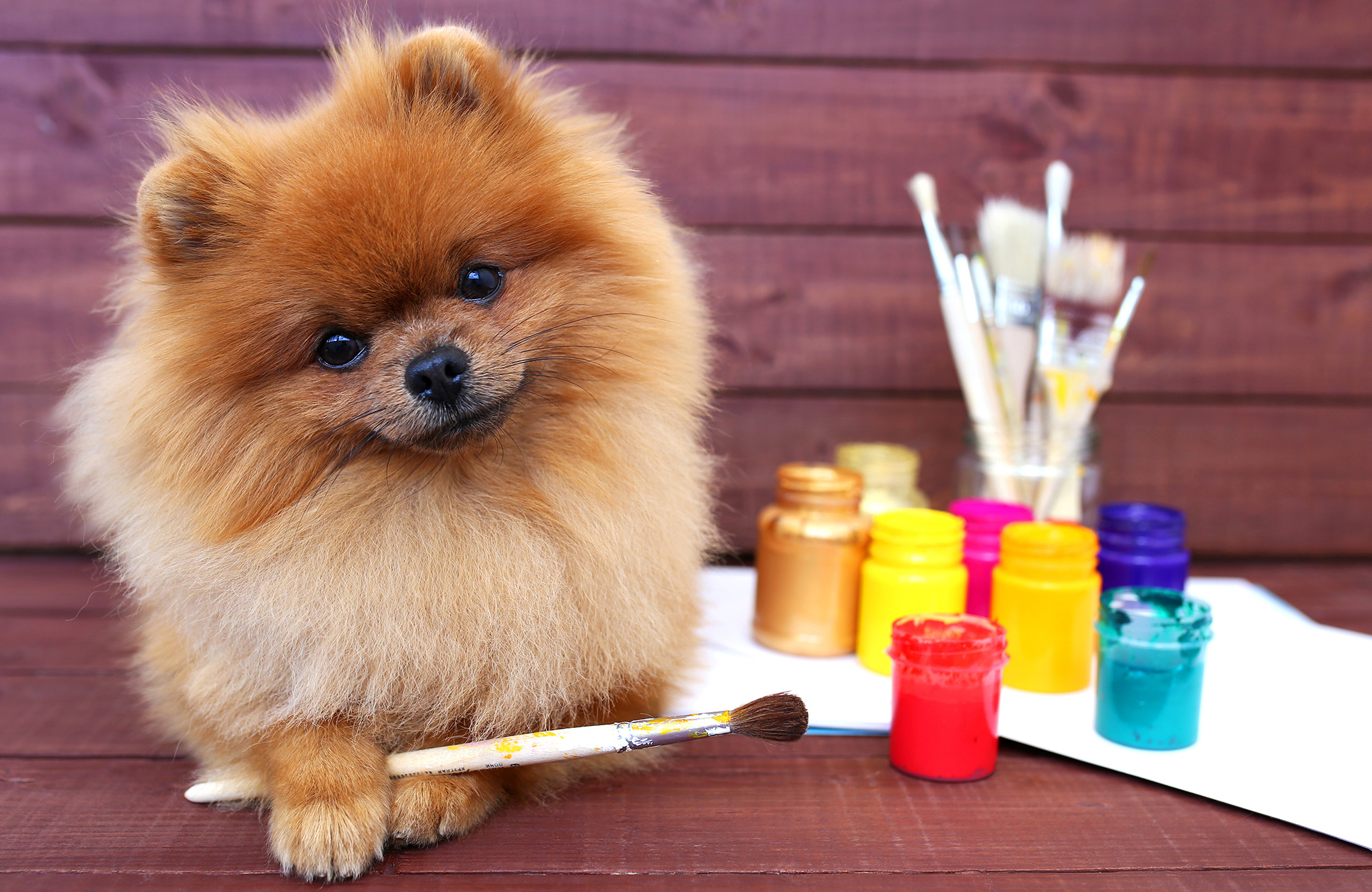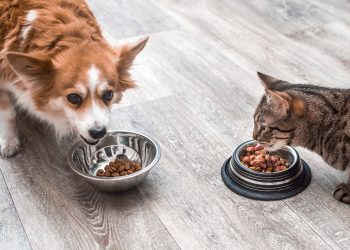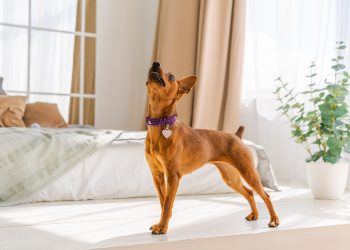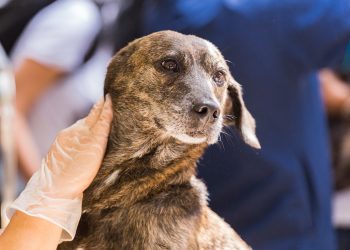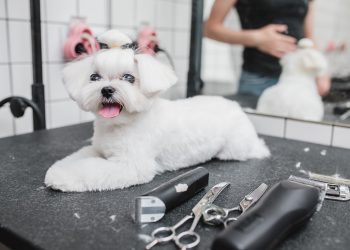Gloss paint can be toxic to dogs, making it crucial to remove it from their fur promptly. Learn how to safely and effectively remove gloss paint from your dog’s coat to protect their health.
Is Gloss Paint Toxic to Dogs?
Yes, gloss paint is toxic to dogs due to the chemicals it contains, especially while it’s still drying. Keep your pets away from freshly painted areas to prevent exposure.
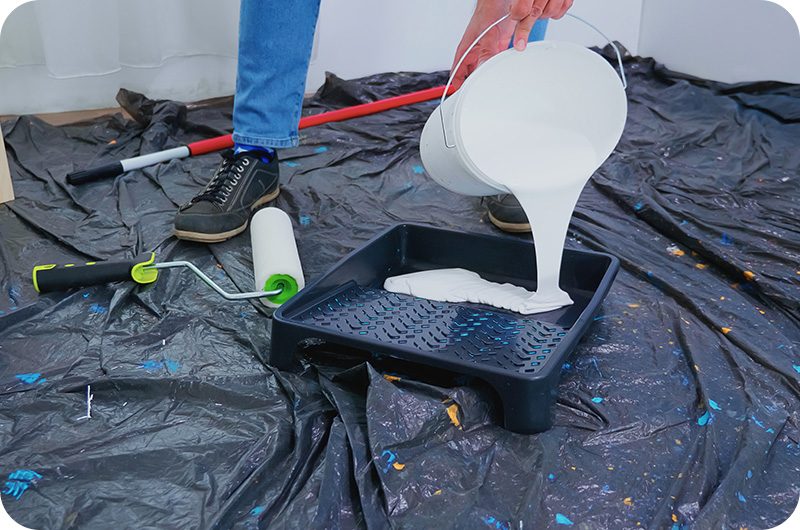
Recognizing Gloss Paint Poisoning:
- Symptoms include appetite loss, depression, diarrhea, nausea, and vomiting.
- Severity depends on the type of paint, exposure duration, and the amount ingested.
- Call your vet and seek immediate medical attention if you suspect gloss paint poisoning.

Removing Gloss Paint from Dog’s Fur:
- Act Quickly: The sooner you start, the easier it is to remove gloss paint from your dog’s fur.
- Use Mineral or Vegetable Oil: Apply oil to the affected area to loosen the paint.
- Gently Rub: Massage the oil into the fur to break down the paint.
- Apply Mild Dishwashing Soap: Use a hypoallergenic soap to create suds and rinse with warm water.
- Rinse Thoroughly: Repeat the washing and rinsing process until all paint is removed.
- Clipping Hair (if necessary): As a last resort, consider professional clipping to remove stubborn paint.
Gloss paint can pose serious health risks to dogs. Act swiftly and follow the steps above to safely remove paint from your dog’s fur, ensuring their well-being.
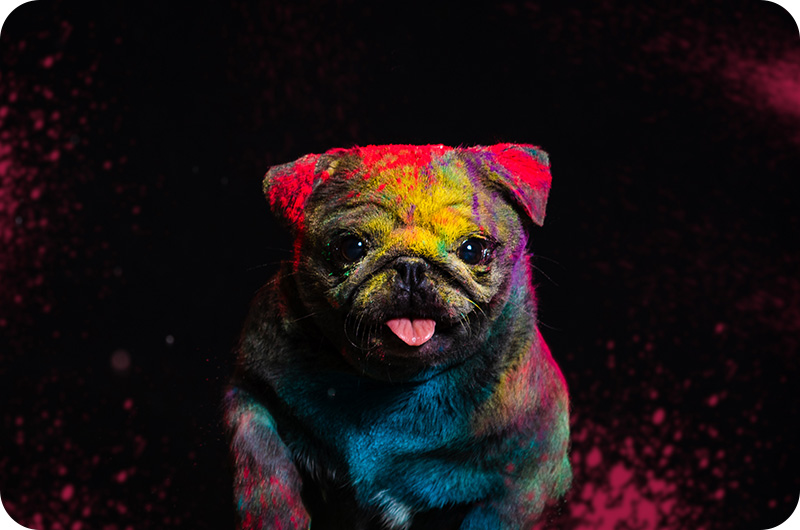
Next on your reading list:
